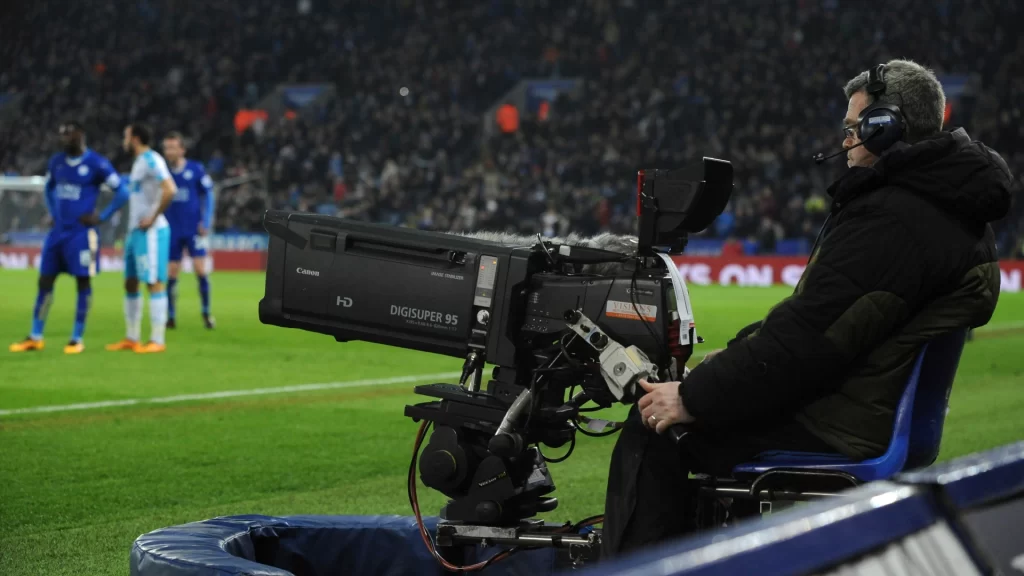Sports broadcasting is a broad term that encompasses a wide range of activities related to broadcasting various sporting events. From the production of live sporting events to the analysis of game footage and the distribution of content, sports broadcasting is an integral part of the sports industry. With the rise of digital media and streaming technologies, the scope of sports broadcasting has expanded significantly. Therefore, reach out to 큐티비 to watch sport live streaming. There are different types of sports broadcasting.
Live broadcasting is the most common type of sports broadcasting. This involves sending out a live audio and/or visual feed of a sporting event to viewers as it occurs. Live broadcasts are typically done using either a broadcast television network or a streaming service. Live sports broadcasts are used to cover a variety of events, from Major League Baseball games to international soccer matches.

Studio broadcasting is the production of sports coverage from a studio location. This type of broadcast typically involves a host or an analyst analysing the action of a sporting event that has already occurred. Studio broadcasts are often aired in conjunction with live broadcasts, allowing viewers to get up-to-the-minute coverage as well as post-game analysis. Studio broadcasts are commonly used to cover professional sports such as football and basketball.
Digital broadcasting is the production of sports coverage using digital media. This type of broadcast typically involves streaming services, websites, and apps. Digital broadcasts are used to provide live coverage of sporting events as well as pre-game and post-game content. Digital broadcasts are commonly used to cover sports such as cricket and golf.
Sports broadcasting is an ever-evolving industry that is constantly adapting to new technologies and changing viewer habits. Whether you are watching a live broadcast, a studio broadcast, or a digital broadcast, sports broadcasting is an integral part of the sports industry. If you require the best experience, you can obtain it from 큐티비 .
